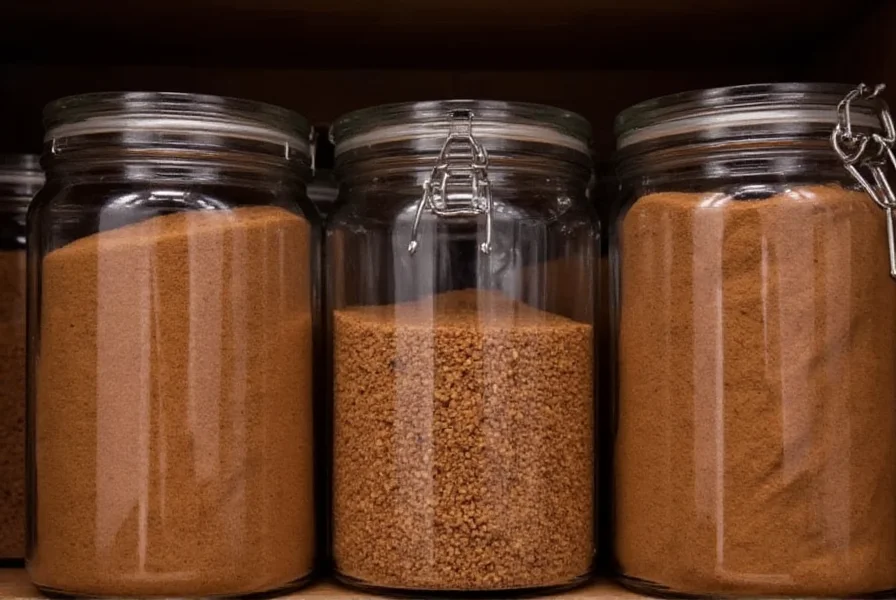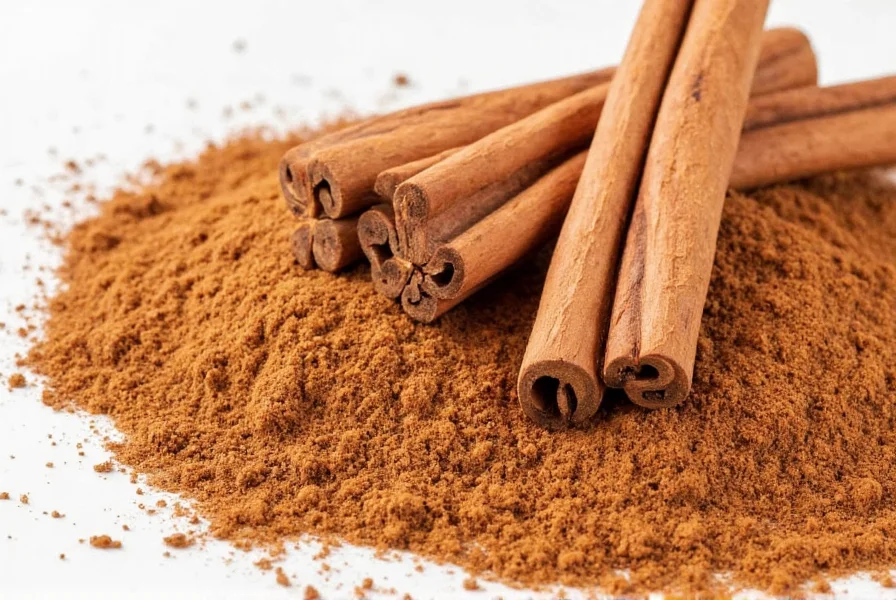Authentic Ceylon cinnamon (Cinnamomum verum) is primarily available through specialty spice retailers, health food stores, and select online marketplaces. Look for products clearly labeled “Ceylon cinnamon,” “True cinnamon,” or “Cinnamomum verum” from reputable sellers who provide origin information. Avoid products simply labeled “cinnamon” as they typically contain the more common and less expensive Cassia variety.
When searching for where to buy Ceylon cinnamon, understanding the difference between this premium spice and its Cassia counterpart is essential. Ceylon cinnamon, often called “true cinnamon,” originates from Sri Lanka and offers a delicate, citrusy flavor profile with significantly lower coumarin levels than Cassia cinnamon. This distinction matters for both culinary applications and health considerations, especially for those consuming cinnamon regularly.
Identifying Authentic Ceylon Cinnamon Sources
Not all cinnamon products are created equal. The market is flooded with Cassia cinnamon mislabeled as Ceylon, making it crucial to know where to buy genuine Ceylon cinnamon. Specialty spice companies that focus on single-origin products typically provide the most reliable options. These businesses often work directly with growers in Sri Lanka and maintain transparent supply chains.
When evaluating potential sources for where to purchase Ceylon cinnamon, examine product descriptions for specific details about origin, harvesting methods, and processing. Reputable sellers will mention Sri Lanka (formerly Ceylon) as the source and may provide information about the specific region within the country where the cinnamon was harvested.
Top Retail Channels for Genuine Ceylon Cinnamon
Several purchasing channels offer authentic Ceylon cinnamon, each with distinct advantages:
| Purchasing Channel | Advantages | Considerations |
|---|---|---|
| Specialty Online Spice Retailers | Detailed product information, origin transparency, freshness guarantees | Shipping costs, may require minimum orders |
| Health Food Stores | Ability to examine product before purchase, knowledgeable staff | Limited selection, potentially higher prices |
| International Grocery Stores | Often carry authentic Sri Lankan products, competitive pricing | Product quality varies, limited origin information |
| Farmers Markets | Direct connection to suppliers, opportunity to ask questions | Seasonal availability, limited stock |
Verifying Ceylon Cinnamon Authenticity
Learning where to buy Ceylon cinnamon is only half the battle—verifying its authenticity is equally important. Genuine Ceylon cinnamon has distinctive physical characteristics that differentiate it from Cassia:
- Appearance: Ceylon cinnamon sticks form multiple thin, delicate layers that resemble rolled-up newspaper, while Cassia forms a single thick, hard layer
- Color: Ceylon has a lighter tan color compared to Cassia's darker reddish-brown
- Texture: Ceylon is brittle and easily crumbles when broken, while Cassia is hard and difficult to break
- Aroma: Ceylon has a subtle, sweet, citrusy fragrance, whereas Cassia has a stronger, more pungent scent
When purchasing online, look for high-resolution images that clearly show these characteristics. Reputable sellers will also provide detailed descriptions highlighting these features. Don't hesitate to contact customer service with specific questions about their sourcing practices when determining where to buy real Ceylon cinnamon.

Price Points and Value Assessment
Understanding the typical price range helps identify legitimate sources when searching where to purchase Ceylon cinnamon. Authentic Ceylon cinnamon generally costs 2-3 times more than Cassia due to its more labor-intensive harvesting process and limited growing regions.
Expect to pay $8-$15 for a 2-ounce container of high-quality Ceylon cinnamon from specialty retailers. Prices significantly below this range often indicate Cassia being sold as Ceylon or low-quality product. While cost shouldn't be the sole determining factor when considering where to buy Ceylon cinnamon online, extremely low prices should raise red flags about authenticity.
Storage Recommendations for Maximum Freshness
Proper storage significantly impacts the shelf life and flavor retention of Ceylon cinnamon. After purchasing authentic Ceylon cinnamon, store it in an airtight container away from direct sunlight and heat sources. Glass containers with tight-fitting lids work best for maintaining freshness.
Ground cinnamon typically retains optimal flavor for 6-12 months, while whole cinnamon sticks can maintain quality for up to 2-3 years when stored properly. For those who've found reliable sources for where to buy Ceylon cinnamon online, purchasing smaller quantities more frequently ensures the best flavor profile for culinary applications.

Avoiding Common Purchasing Mistakes
Many consumers make critical errors when searching where to buy real Ceylon cinnamon. The most common mistake is purchasing products labeled simply as “cinnamon” without specifying Ceylon variety. In the United States and many other markets, unlabeled “cinnamon” almost always refers to Cassia.
Another frequent issue involves buying from sellers who don't provide origin information. Authentic Ceylon cinnamon comes exclusively from Sri Lanka, though some limited production occurs in southern India and Madagascar. Products claiming to be Ceylon cinnamon from other regions are likely mislabeled.
When evaluating potential sources for where to purchase Ceylon cinnamon, check for third-party testing certifications or documentation that verifies the product's authenticity. Reputable sellers often provide this information to build consumer trust and differentiate themselves in the marketplace.











 浙公网安备
33010002000092号
浙公网安备
33010002000092号 浙B2-20120091-4
浙B2-20120091-4